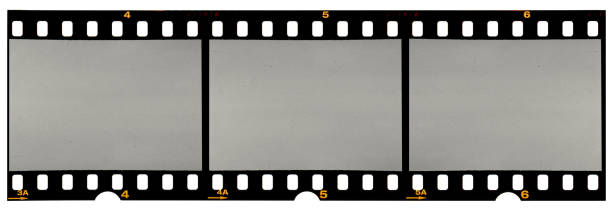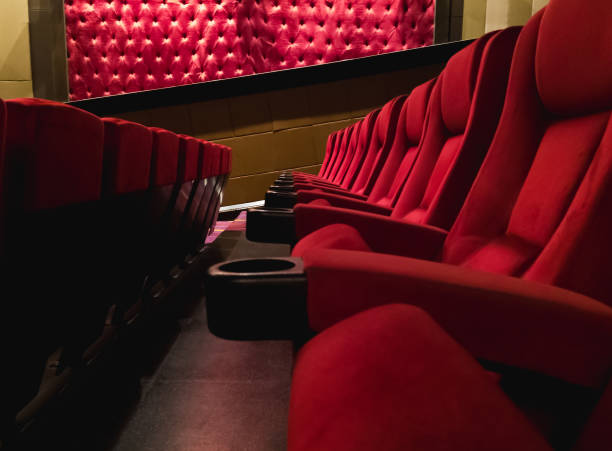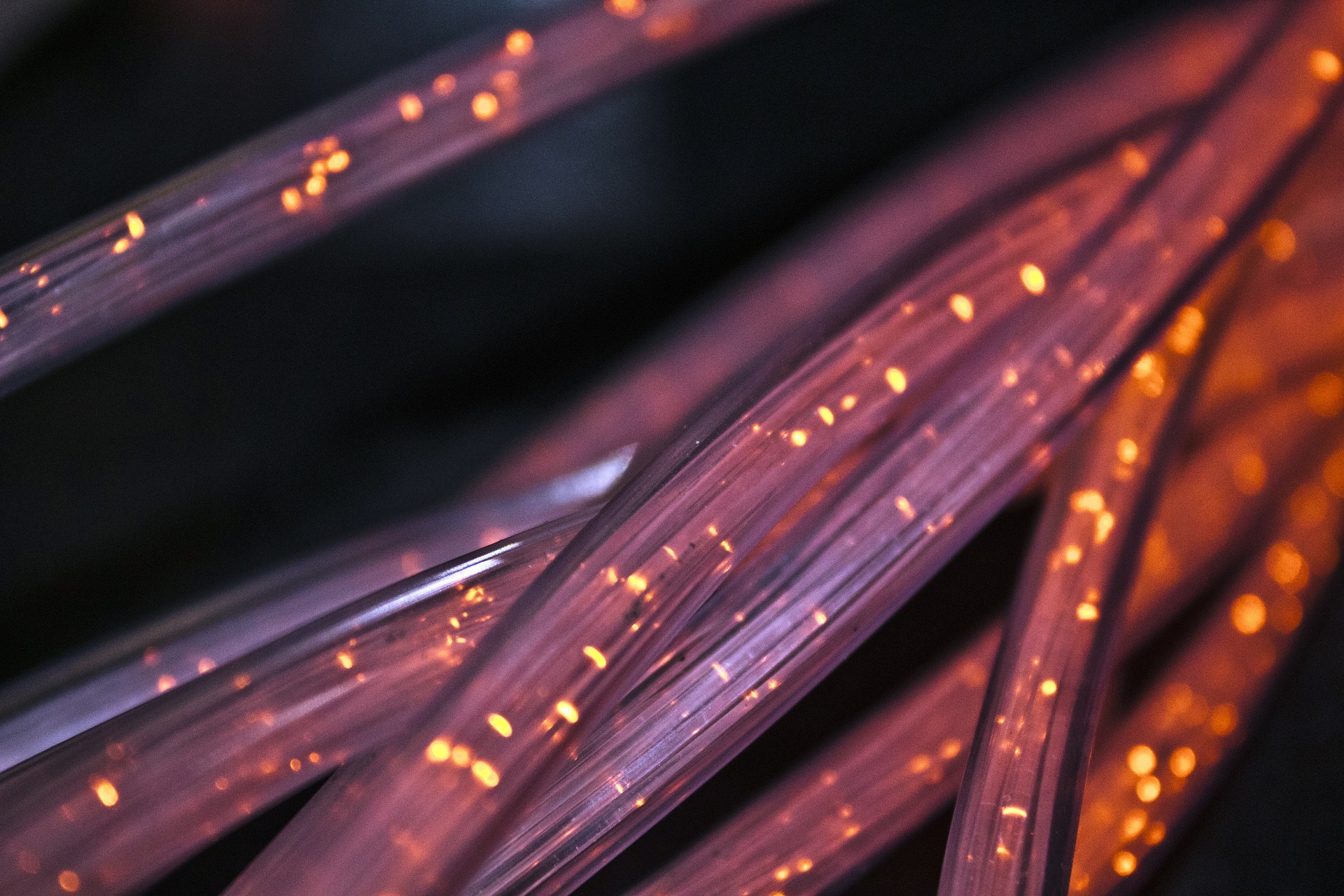The Resurgence of Analog Photography in the Digital Age
In an era dominated by smartphones and digital cameras, a surprising trend has emerged within the arts and entertainment world: the revival of analog photography. This unexpected renaissance of film-based image-making has captivated both seasoned professionals and young enthusiasts, sparking a renewed appreciation for the tangible and the imperfect. As digital perfection becomes ubiquitous, the allure of analog's unpredictability and tactile nature has grown, reshaping the landscape of contemporary visual arts and challenging our perceptions of what constitutes a meaningful image in the 21st century.

The Aesthetic Appeal of Imperfection
One of the primary drivers behind analog’s comeback is its distinctive aesthetic. Film photographs possess a certain warmth, grain, and color palette that digital cameras struggle to replicate authentically. The imperfections inherent in film photography—light leaks, softness, and unpredictable color shifts—have become prized attributes rather than flaws. This appreciation for the imperfect aligns with broader cultural trends favoring authenticity and uniqueness over polished perfection.
Analog in the Music Industry
The influence of analog photography extends beyond traditional visual arts into the music industry. Album covers and artist promotional materials have seen a significant shift towards film-based imagery. This aesthetic choice not only sets artists apart in a saturated digital market but also creates a sense of timelessness and authenticity that resonates with audiences. Major artists like Taylor Swift and Kendrick Lamar have embraced analog photography for their album artwork, further popularizing the medium.
The Educational Renaissance
As interest in analog photography has grown, so too has the demand for education in traditional photographic techniques. Universities and art schools have reintroduced or expanded their film photography programs, teaching students the fundamentals of darkroom processing and chemical development. This educational renaissance has created a new generation of artists who are equally comfortable with digital and analog mediums, leading to innovative hybrid approaches in contemporary photography.
The Environmental Conundrum
While the resurgence of analog photography has been celebrated for its artistic merits, it has also raised concerns about environmental sustainability. The chemical processes involved in film development and printing can be harmful to the environment if not properly managed. However, this challenge has spurred innovation in eco-friendly development techniques and recycling programs for photographic materials, demonstrating the industry’s ability to adapt to modern environmental concerns.
The Impact on Camera Manufacturing
The renewed interest in analog photography has had a significant impact on the camera manufacturing industry. Companies that had previously abandoned film camera production, such as Kodak and Fujifilm, have reintroduced film stocks and even new camera models. Additionally, smaller, boutique manufacturers have emerged, creating high-end film cameras for enthusiasts and professionals alike. This resurgence has not only revitalized a once-declining industry but has also created new jobs and economic opportunities in unexpected sectors.
Analog in the Digital Workflow
Interestingly, the revival of analog photography has not occurred in isolation from digital technology. Many photographers have adopted hybrid workflows, combining the aesthetic qualities of film with the convenience of digital post-processing. Negatives are often scanned and edited digitally, allowing for a blend of analog charm and digital precision. This integration of old and new technologies has opened up new creative possibilities and challenges traditional notions of photographic purity.
The Collectible Nature of Film Photographs
In an age where digital images are infinitely reproducible, the unique and tangible nature of film photographs has elevated their status as collectible art objects. Limited edition prints and original negatives have become highly sought after by collectors and galleries alike. This shift has not only increased the perceived value of analog photography but has also created new economic opportunities for photographers working in the medium.
Challenges and Future Prospects
Despite its resurgence, analog photography faces several challenges. The cost and availability of film and development services remain significant barriers for many aspiring photographers. Additionally, as the initial novelty wears off, there are questions about the long-term sustainability of the analog revival. However, proponents argue that the medium’s unique qualities and the skills it cultivates will ensure its relevance in the arts for years to come.
Conclusion
The resurgence of analog photography in the digital age represents more than just a nostalgic trend. It reflects a deeper cultural shift towards authenticity, tactility, and mindful creation in an increasingly digital world. As artists and audiences continue to explore the possibilities of this revived medium, analog photography stands as a testament to the enduring power of traditional art forms in the face of technological advancement. Whether this renaissance will lead to a long-term coexistence of analog and digital or simply serve as a temporary counterpoint to digital dominance remains to be seen, but its impact on contemporary visual culture is undeniable.






